COACHING THE BENCH PRESS – FUNCTIONAL AND TECHNICAL REQUIREMENTS

The bench press is like the OG of upper body strength training. While it may not hold the top spot in my personal favorites, it is undeniably a cornerstone exercise, and mastering it is crucial for anyone’s fitness journey.
MAKE SURE TO WATCH THE FULL VIDEO TO GET ALL THE DETAILS 👇
Understanding and Correcting Common Mistakes
Forget Feet on the Bench: One frequent error is the misguided belief that placing your feet on the bench is a safety measure for the lower back. It’s time to ditch that notion. Instead, we want to harness the power of our legs, generating force into the ground. Proper leg engagement not only provides stability but also contributes significantly to your overall strength. The key is not an exaggerated hyperextension but rather pushing your heels into the ground, activating the glutes, and establishing a stable platform.
ARE YOU PASSIONATE ABOUT TRAINING AND WANT A CAREER IN THE FIELD?
>> YES, I WANT TO BECOME A PERSONAL TRAINER
Optimal Grip Width Matters: The width of your grip is crucial for a successful bench press. Aim for a grip that allows your forearms to be vertical when the bar touches your chest. This strategic grip provides optimal leverage, setting the stage for a robust and effective push. Remember, the bar path is not a straight vertical line but a slight curve, following the movement of your elbows. It’s about precision and efficiency.
Leg Drive is Not Hyperextension: Let’s dispel the myth that effective leg drive involves extreme hyperextension. The goal is to use your legs to create lower body stability, enhancing your overall pressing power. To grasp this concept, try the inclined bridging floor press. This exercise provides a tangible experience of the right amount of leg drive without overdoing it. By driving your feet into the ground, you establish a stable base for a potent bench press.
Maintaining Upper Body Tension: Bench pressing is more than just a shoulder and pec affair; it engages your entire upper body. A common error is losing tension in the upper body during the press. To counter this, create a slight shoulder rotation or employ the “break the bar” technique. Adding resistance with an elastic band emphasizes the engagement of your lats throughout the press. It’s about ensuring that every muscle in your upper body contributes to the movement.
The Importance of Proper Setup
While correcting specific mistakes is essential, we cannot overlook the pivotal role of proper setup in achieving a successful bench press. Ensuring your feet are firmly planted, grip width is on point, and your body is aligned sets the stage for a seamless and effective press. A solid setup automatically addresses many potential issues, allowing you to focus on maximizing your gains.
As we wrap up our exploration of mastering the bench press, remember that success lies in the details. Smart leg drive, maintaining upper body tension, and a meticulous setup are the keys to unlocking your full bench press potential.




Responses